The 24-day market is a winter tradition that has been going on since 1886.

According to the lunar calendar, the market was held on December 24th to sell New Year's supplies, but from around the beginning of the Meiji era, it began to be held in January. The form of the market has changed over time, but even today, cypress gas, or rather, bamboo sticks and okes, made as winter handicrafts by farmers in the Takayama suburbs, are sold.
Enako Bandori
Enago bandori is a type of rain gear made by farmers in Enago town since the Edo period. According to local folklore and Edo period Japanese scholar Ohide Tanaka, Genjuro Kato, who ran a Genjuro ware kiln in Enako during the Edo period, taught farmers in Enako to make bandori. It is said that he taught the technique. Bandori, which is woven from straw and Chinese bark, has long been made as a side job for farmers, but demand has drastically reduced and there are now almost no people who can make it. Currently, Shinkichi Fujii is the only person making these for the purpose of selling them at the 24ka market. The local Kamienako Historical Site Preservation Society has organized the Enako Bandori Preservation Society in order to pass on the production techniques and preserve the tradition.People who have made and have made these in the past gather together to preserve records and hold study sessions on production techniques. is open. Enako bandori is important as a folklore material and has a good shape as a product, and the production techniques have been passed down by locals.
Miya Umbrella
Miyakasa is a traditional handicraft of Miya, made by thinly slicing the local white cypress or red-fleshed Japanese cypress and carefully weaving the bamboo into a frame, one by one, one by one.
It began around the middle of the Edo period and has been passed down to this day, and is often used by tourists as sun hats and souvenirs.
The hats made by skilled craftsmen are highly practical and can be used as sun hats and rain hats, as well as to decorate rooms.
This hat, which has been painstakingly made by hand, has a faint scent of wood and you can feel the warmth of the wood.
Name of the hut
A colander-making technique known as ``Koya Na Shoke'' has been handed down in Koya Na Ward, located in the northeastern part of Kuguno-cho, Takayama City.
It is a ``colander'' used for draining vegetables and raising rice, and has been familiar to Hida people since ancient times. It is said that what was officially called ``Shouuke'' became ``Shouke'' with an accent. The shape is a shallow oval with the bottom and body integrated, and it is divided into ``katakuchi jouke'' with a mouth and ``marujoke'' without a mouth, and there are various sizes depending on the purpose. The ingredients used are sycamore mushrooms, Actinidia, and poison ivy.The sycamore mushrooms are split into thin pieces, and the poison ivy is roasted over a fire and then carefully woven into a ring-shaped core.
Surrounded by the magnificent nature represented by the Hida Mountains (Northern Alps), Hida Takayama is a town that is alive with history and traditional culture, such as old townscapes that retain traces of the Edo period and Takayama festivals held in spring and autumn. There are also hot springs such as Hida Takayama Onsen and Okuhida Onsenkyo, as well as gourmet food such as Hida beef and Japanese sake. In particular, the Takayama Festival, which is held in spring and autumn, is characterized by a festival procession centered around gorgeous floats (dashi floats), elaborately moving mechanical dolls, and reproductions of picture scrolls, and many people from Japan and abroad come to watch. I will visit. It is about 6 hours from Tokyo and about 4 hours from Osaka. There are some of Japan's leading tourist destinations such as Shirakawa-go, Kamikochi, and Kanazawa in the surrounding area, and you can visit various places around Hida Takayama. There is a mix of various types of accommodations, including Western-style hotels, traditional inns, homely guesthouses, and hostels suitable for long-term stays, and we have the capacity to meet the needs of our users. The people of Hida, who are involved in various fields such as nature, history, tradition, culture, and gastronomy, are simple and warm, and offer heartfelt hospitality to visitors.
The contents on this page may partially contain automatic translation.






















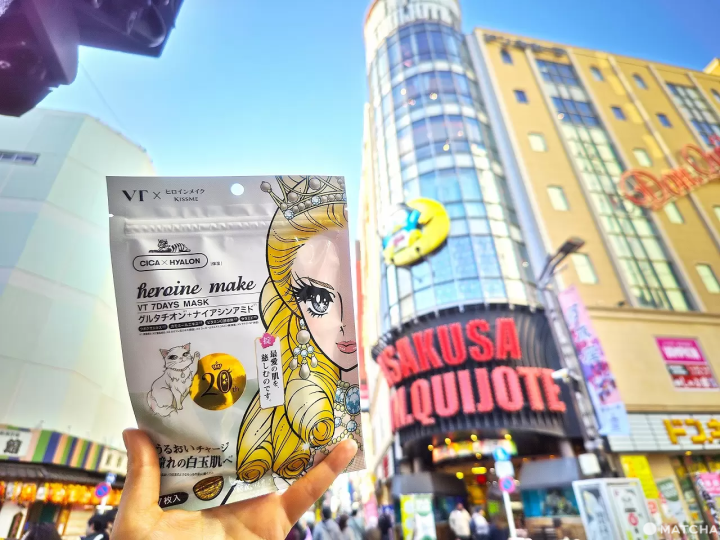
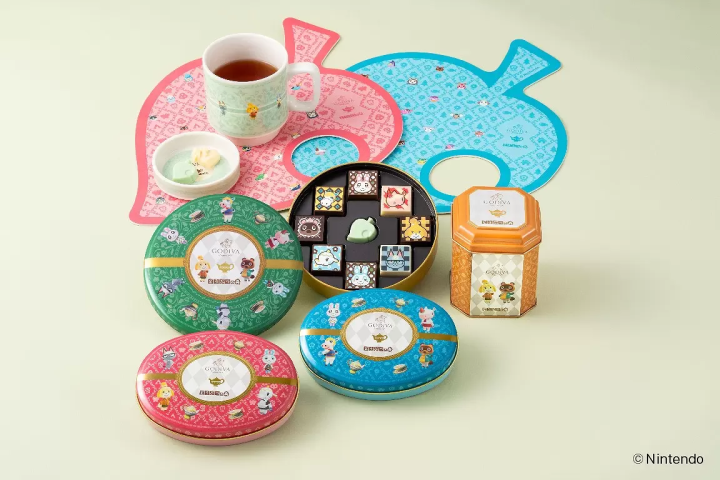
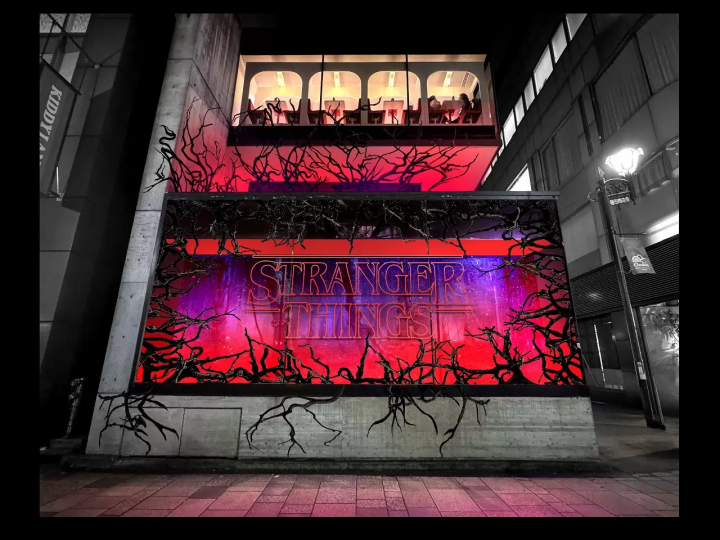
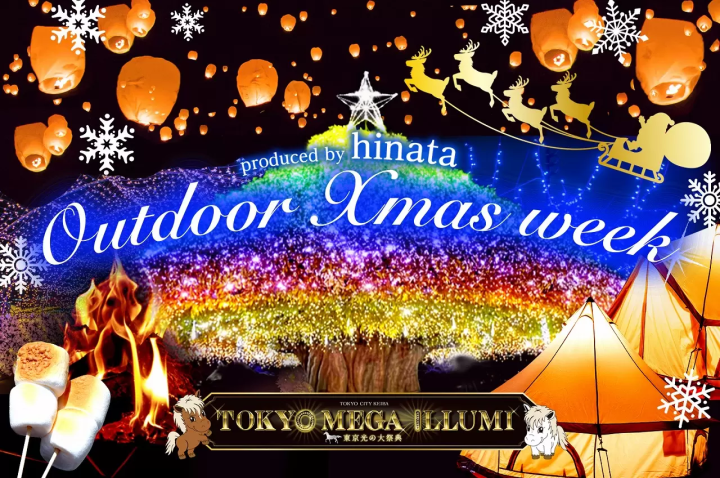

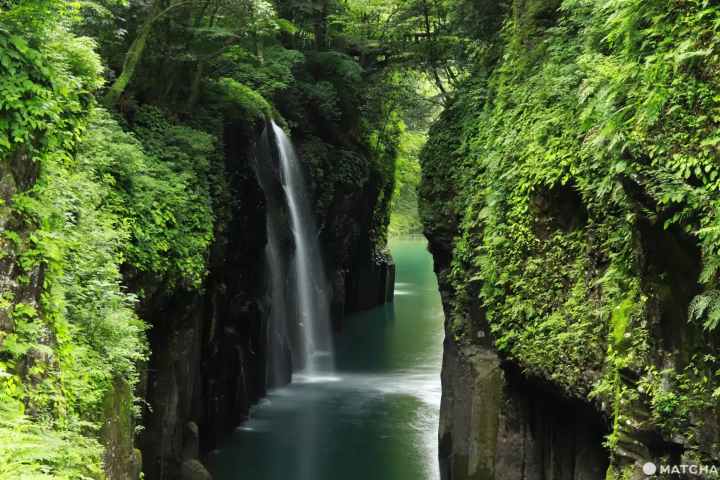




![[Traveling with a baby in Japan] Directly connected to the station! Rent a stroller at JR EAST TRAVEL SERVICE CENTER](https://resources.matcha-jp.com/resize/720x2000/2024/12/03-213323.webp)
![[2025] 4 Recommended Spots for Viewing Autumn Leaves in Tokushima, Naruto| Best Time to See, Highlights, and Access](https://resources.matcha-jp.com/resize/720x2000/2025/11/28-251301.webp)
![[During Your Kumano Trip] Cape Shionomisaki Tourist Tower](https://resources.matcha-jp.com/resize/720x2000/2025/11/05-249097.webp)
![[TICKET INTRODUCTION] Small Worlds Miniature Museum](https://resources.matcha-jp.com/resize/720x2000/2025/11/28-251446.webp)
![[Yamanashi, Yatsugatake] A specialty of the Kiyosato Plateau! Seisenryo soft serve ice cream🍦](https://resources.matcha-jp.com/resize/720x2000/2024/03/19-173634.webp)